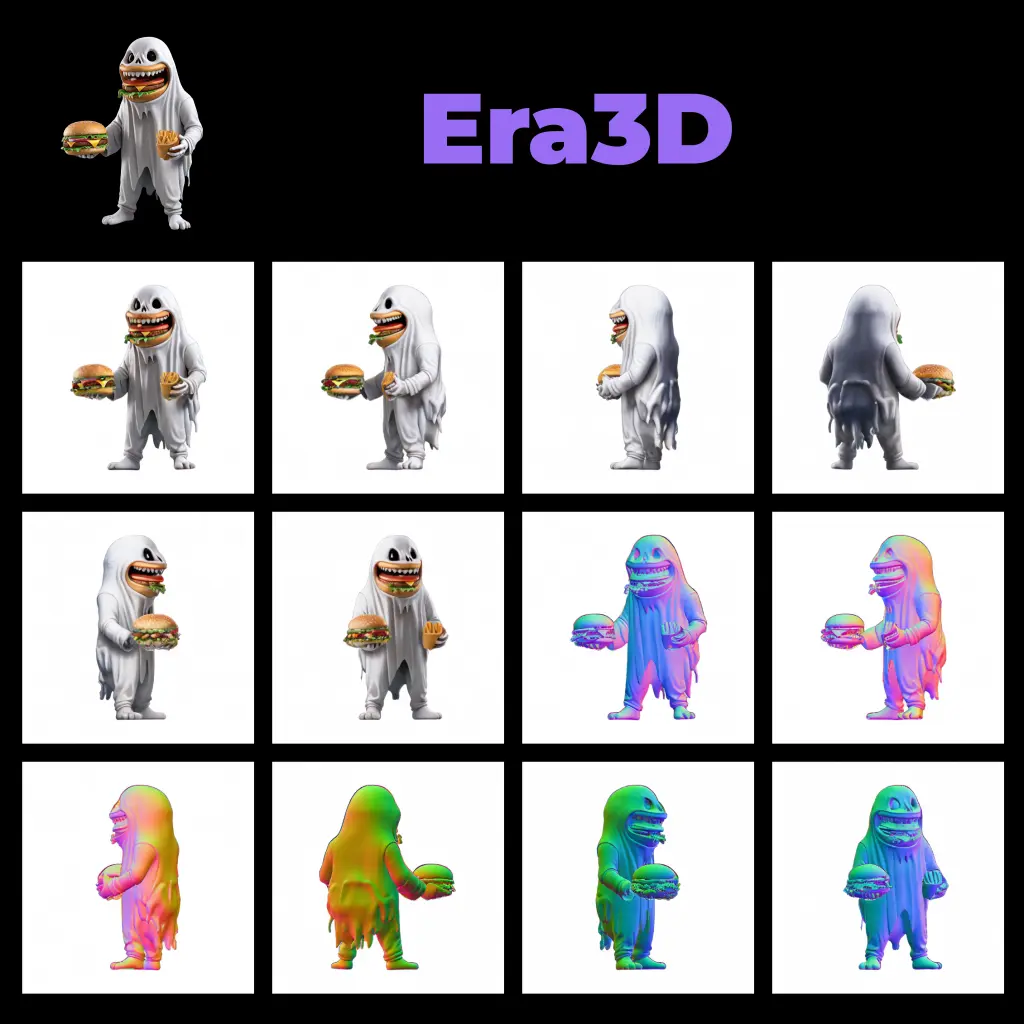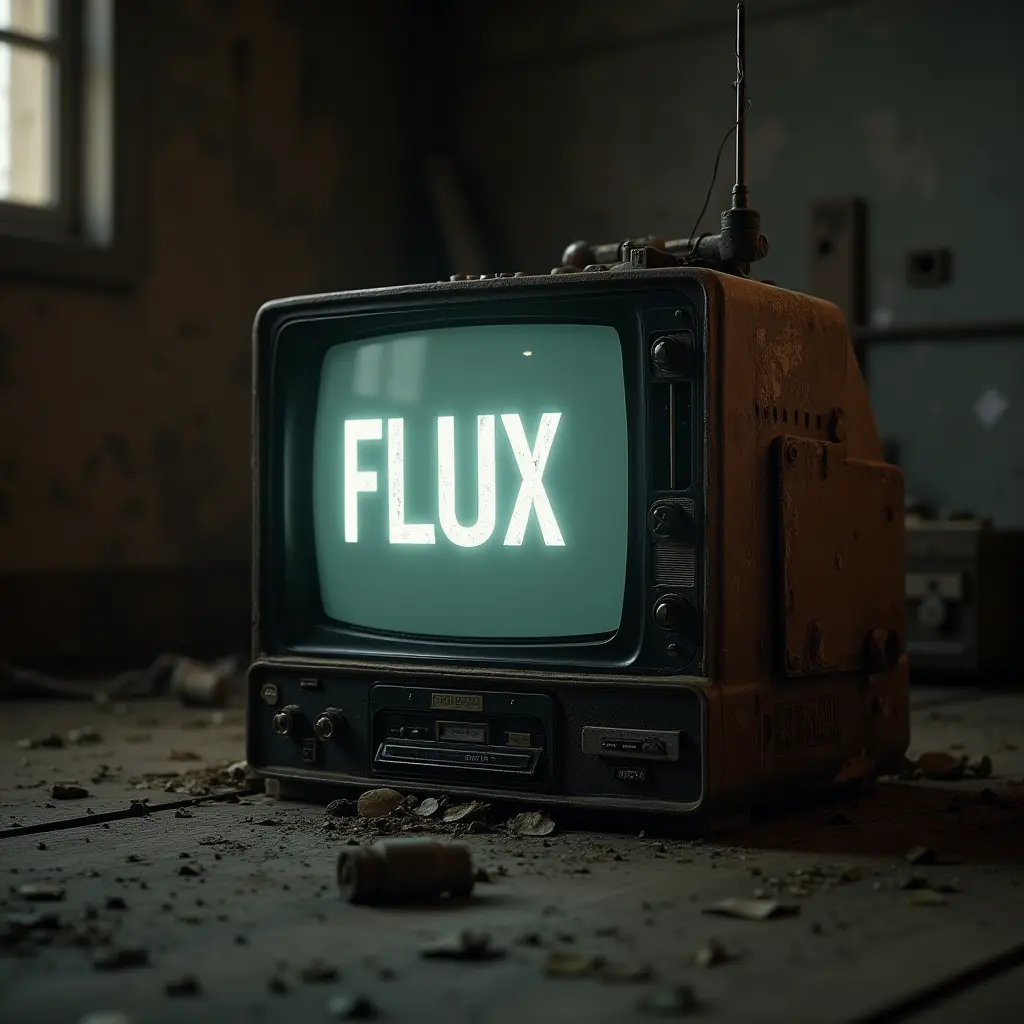ComfyUI Node: ImageMagick Distort
ImageMagick Distort
CategoryMagickWand/Morphology
Fannovel16 (Account age: 3416days) Extension
ComfyUI-MagickWand Latest Updated
2025-03-31 Github Stars
0.11K
How to Install ComfyUI-MagickWand
Install this extension via the ComfyUI Manager by searching for ComfyUI-MagickWand- 1. Click the Manager button in the main menu
- 2. Select Custom Nodes Manager button
- 3. Enter ComfyUI-MagickWand in the search bar
Visit ComfyUI Online for ready-to-use ComfyUI environment
- Free trial available
- 16GB VRAM to 80GB VRAM GPU machines
- 400+ preloaded models/nodes
- Freedom to upload custom models/nodes
- 200+ ready-to-run workflows
- 100% private workspace with up to 200GB storage
- Dedicated Support
ImageMagick Distort Description
Apply geometric transformations to images with various distortion methods for visual effects and adjustments.
ImageMagick Distort:
The ImageMagick Distort node is a powerful tool designed to apply various geometric transformations to an image. This node allows you to manipulate the image by distorting it using different methods such as affine, perspective, polar, and more. These transformations can be used to achieve a wide range of effects, from simple scaling and rotation to complex warping and perspective adjustments. The primary benefit of using the Distort node is its flexibility and the ability to fine-tune the transformation parameters to achieve the desired visual effect. Whether you are looking to correct image perspective, create artistic distortions, or perform precise geometric adjustments, the Distort node provides the necessary functionality to accomplish these tasks.
ImageMagick Distort Input Parameters:
image
This parameter represents the input image that you want to apply the distortion to. It is required for the node to function.
method
This parameter specifies the distortion method to be applied to the image. The available options include undefined, affine, affine_projection, scale_rotate_translate, perspective, perspective_projection, bilinear_forward, bilinear_reverse, polynomial, arc, polar, depolar, cylinder_2_plane, plane_2_cylinder, barrel, barrel_inverse, shepards, resize, sentinel, and rigidaffine. The default value is affine. Each method offers a different type of geometric transformation, allowing for a wide range of effects.
arguments
This parameter is a string that contains the arguments for the chosen distortion method. The arguments should be provided in a comma-separated format. For example, 0, 0, 20, 60, 90, 0, 70, 63, 0, 90, 5, 83, 90, 90, 85, 88. These arguments define the control points or parameters specific to the selected distortion method.
best_fit
This boolean parameter determines whether the output image should be resized to best fit the distorted image. The default value is False. When set to True, the output image will be adjusted to ensure that the entire distorted image is visible.
filter
This parameter specifies the resampling filter to be used during the distortion process. The available options include undefined, point, box, triangle, hermite, hanning, hamming, blackman, gaussian, quadratic, cubic, catrom, mitchell, jinc, sinc, sincfast, kaiser, welsh, parzen, bohman, bartlett, lagrange, lanczos, lanczossharp, lanczos2, lanczos2sharp, robidoux, robidouxsharp, cosine, spline, and sentinel. The default value is point. The choice of filter affects the quality and smoothness of the resampled image.
ImageMagick Distort Output Parameters:
IMAGE
The output parameter is the distorted image. This image is the result of applying the specified distortion method and parameters to the input image. The output image will reflect the geometric transformations defined by the input parameters.
ImageMagick Distort Usage Tips:
- Experiment with different distortion methods to achieve various artistic effects or to correct image perspective.
- Use the
best_fitparameter to ensure the entire distorted image is visible in the output. - Adjust the
argumentsparameter carefully, as it directly influences the distortion effect. Refer to ImageMagick documentation for specific argument formats for each method. - Choose an appropriate
filterto balance between performance and image quality, especially when working with high-resolution images.
ImageMagick Distort Common Errors and Solutions:
Invalid argument format
- Explanation: The
argumentsparameter contains values that are not in the correct format or are incompatible with the selected distortion method. - Solution: Ensure that the
argumentsare provided in a comma-separated format and match the requirements of the chosen distortion method. Refer to ImageMagick documentation for the correct format.
Unsupported distortion method
- Explanation: The specified
methodis not supported or recognized by the node. - Solution: Verify that the
methodparameter is set to one of the supported options listed in the documentation. Double-check for any typos or incorrect values.
Image not visible
- Explanation: The distorted image is not fully visible in the output due to the transformation applied.
- Solution: Enable the
best_fitparameter to resize the output image and ensure the entire distorted image is visible. Adjust theargumentsto modify the distortion effect if necessary.
ImageMagick Distort Related Nodes
RunComfy is the premier ComfyUI platform, offering ComfyUI online environment and services, along with ComfyUI workflows featuring stunning visuals. RunComfy also provides AI Playground, enabling artists to harness the latest AI tools to create incredible art.



